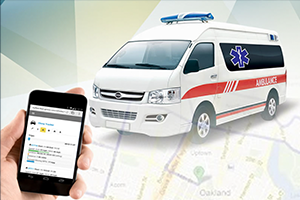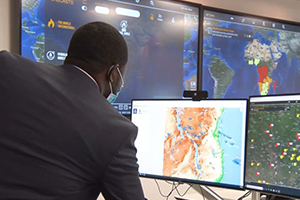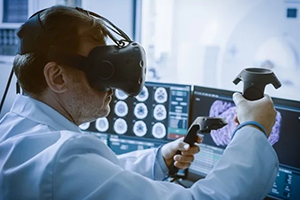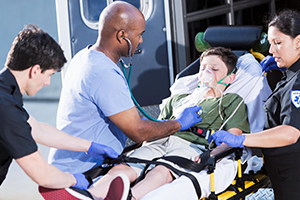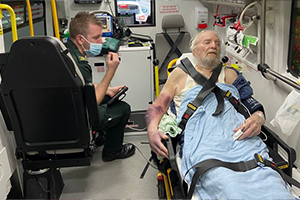AERS
The AERS (Ambulance and Emergency Response System) revolutionizes emergency medical services by leveraging advanced AI technologies to ensure the swift and efficient dispatch of ambulances. This system utilizes real-time tracking to precisely locate and assign the nearest available ambulance, significantly reducing response times and enhancing the likelihood of favorable patient outcomes.
Our platform facilitates seamless communication between paramedics and physicians, enabling real-time consultation and guidance to provide optimal first aid during critical pre-hospital care. The system's integration with electronic medical records (EMR) ensures that patient data is updated instantaneously, allowing receiving medical facilities to prepare for immediate intervention upon the patient's arrival.
Furthermore, the Ambulance and Emergency Response System supports continuous monitoring and reporting, providing healthcare administrators with valuable insights into operational performance and areas for improvement. By synchronizing all aspects of emergency response, from dispatch to treatment, our solution sets a new standard in emergency healthcare delivery, enhancing both patient survival rates and overall healthcare efficiency.
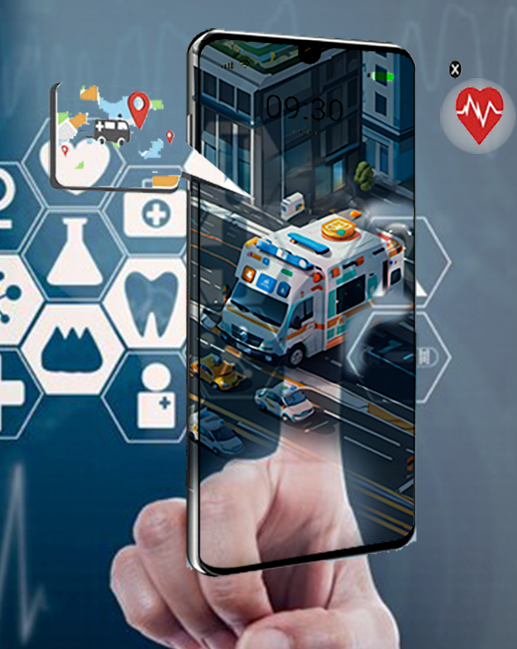
Problem Statement
Emergency medical services (EMS) face critical challenges in ensuring timely and efficient patient care during emergencies. Traditional EMS frameworks often suffer from inefficiencies such as delayed dispatch, inadequate real-time tracking, and fragmented communication between paramedics and healthcare providers. These shortcomings can lead to increased response times, suboptimal pre-hospital care, and delays in critical interventions upon hospital arrival. Additionally, the lack of integration with electronic medical records (EMR) systems hinders the seamless transfer of patient information, further complicating the continuity of care. Addressing these inefficiencies is paramount to enhancing emergency response effectiveness, improving patient survival rates, and optimizing the overall operational performance of EMS.
